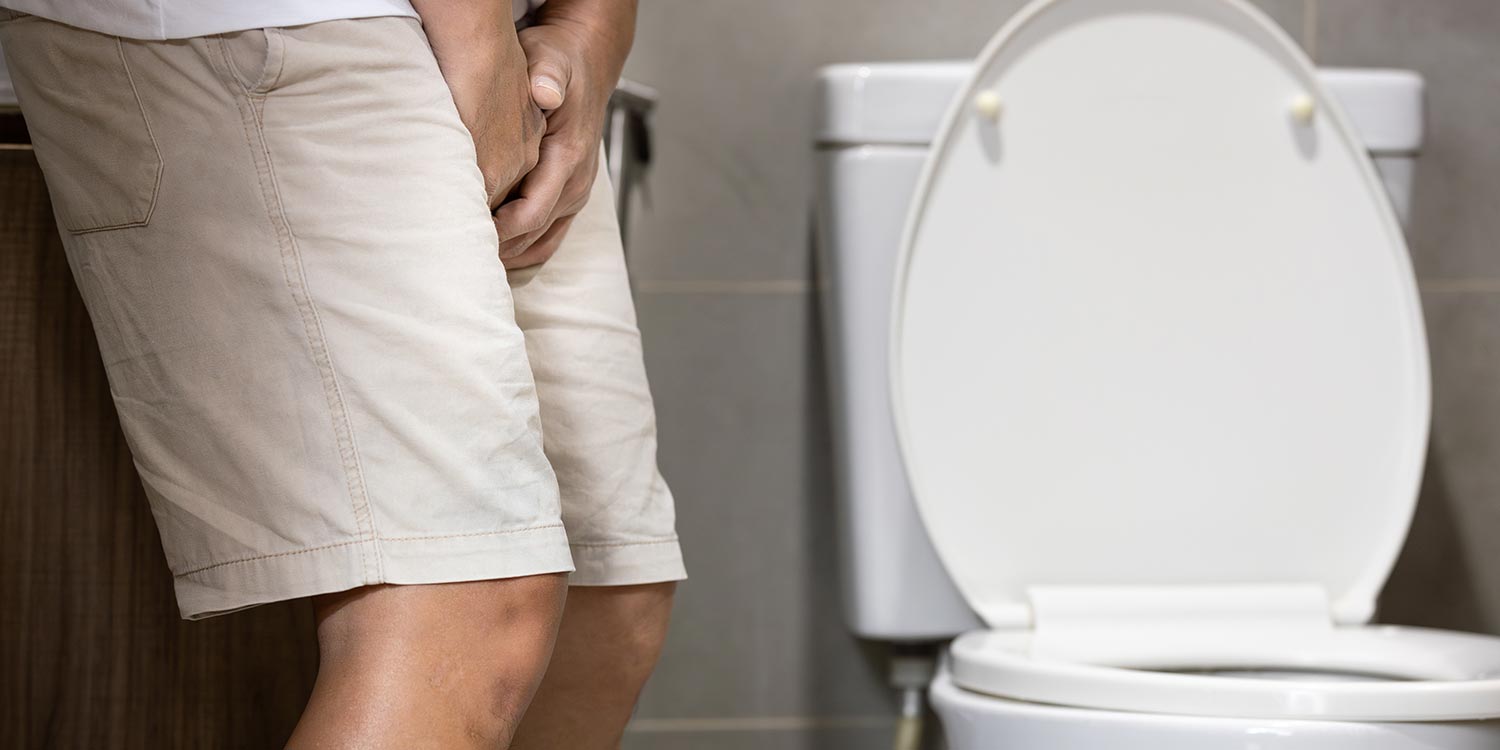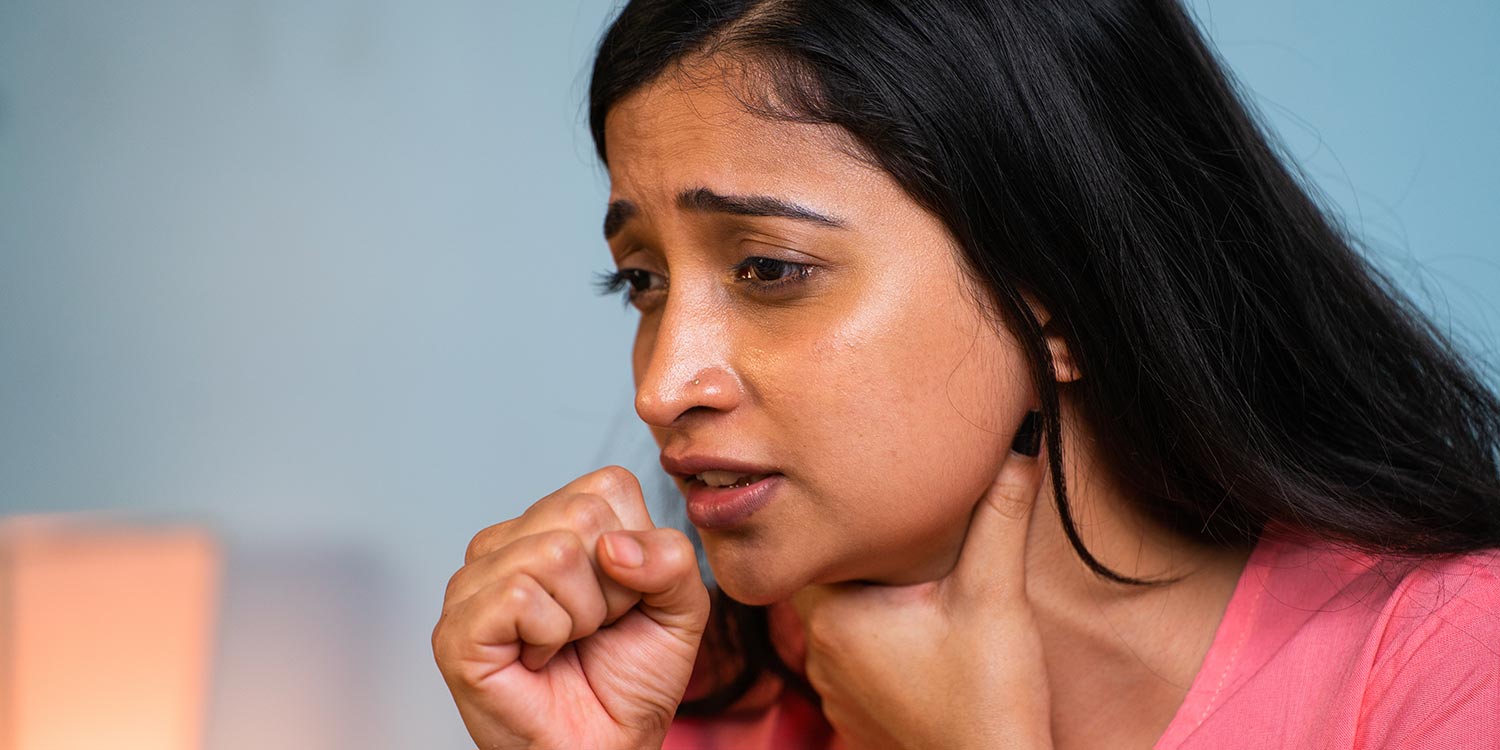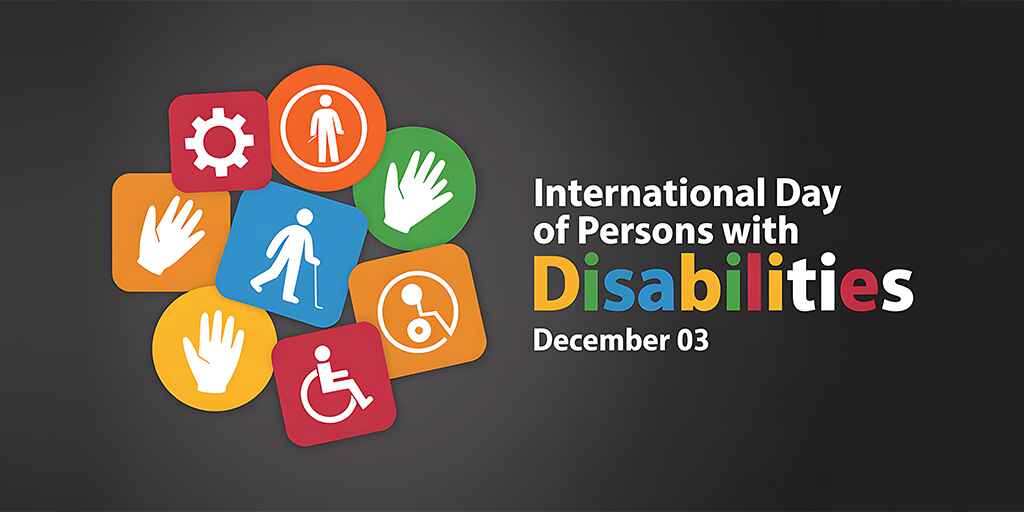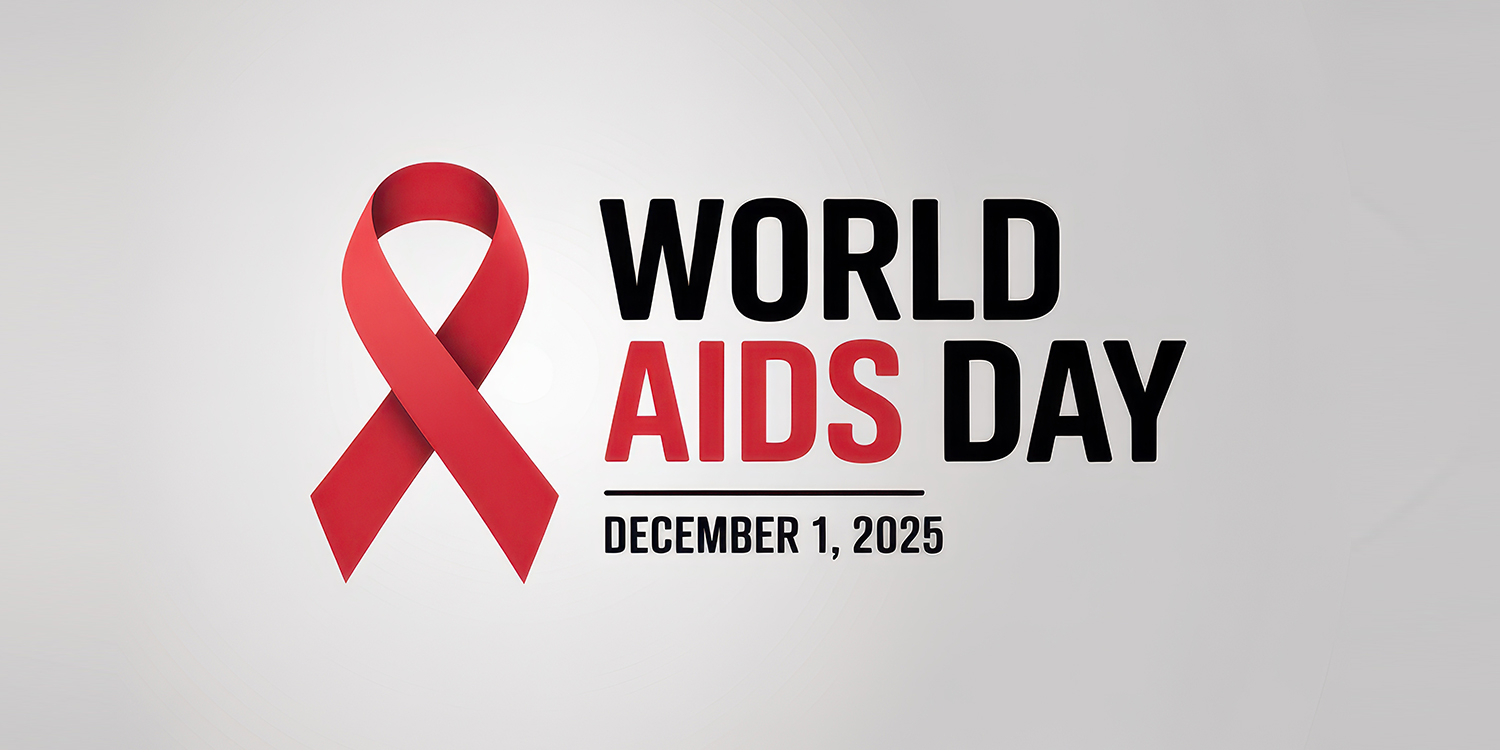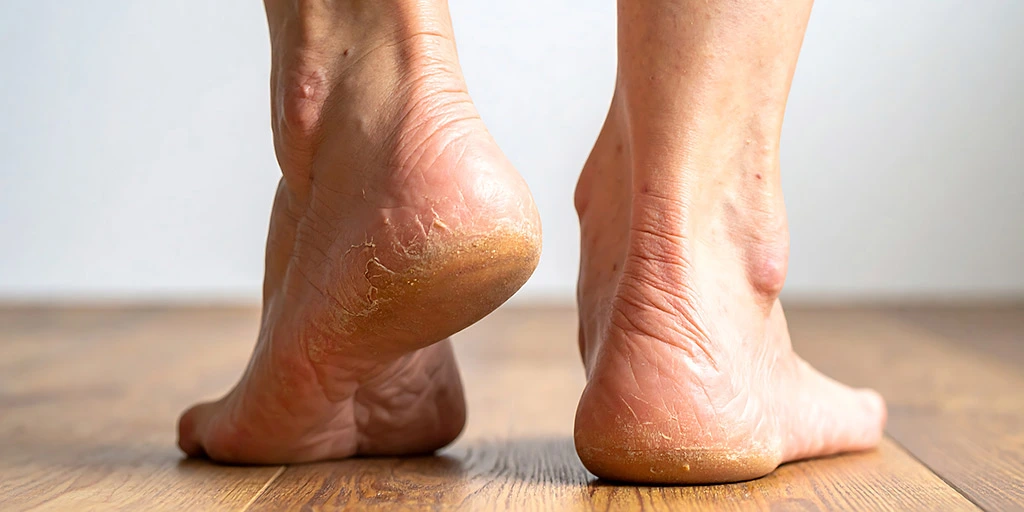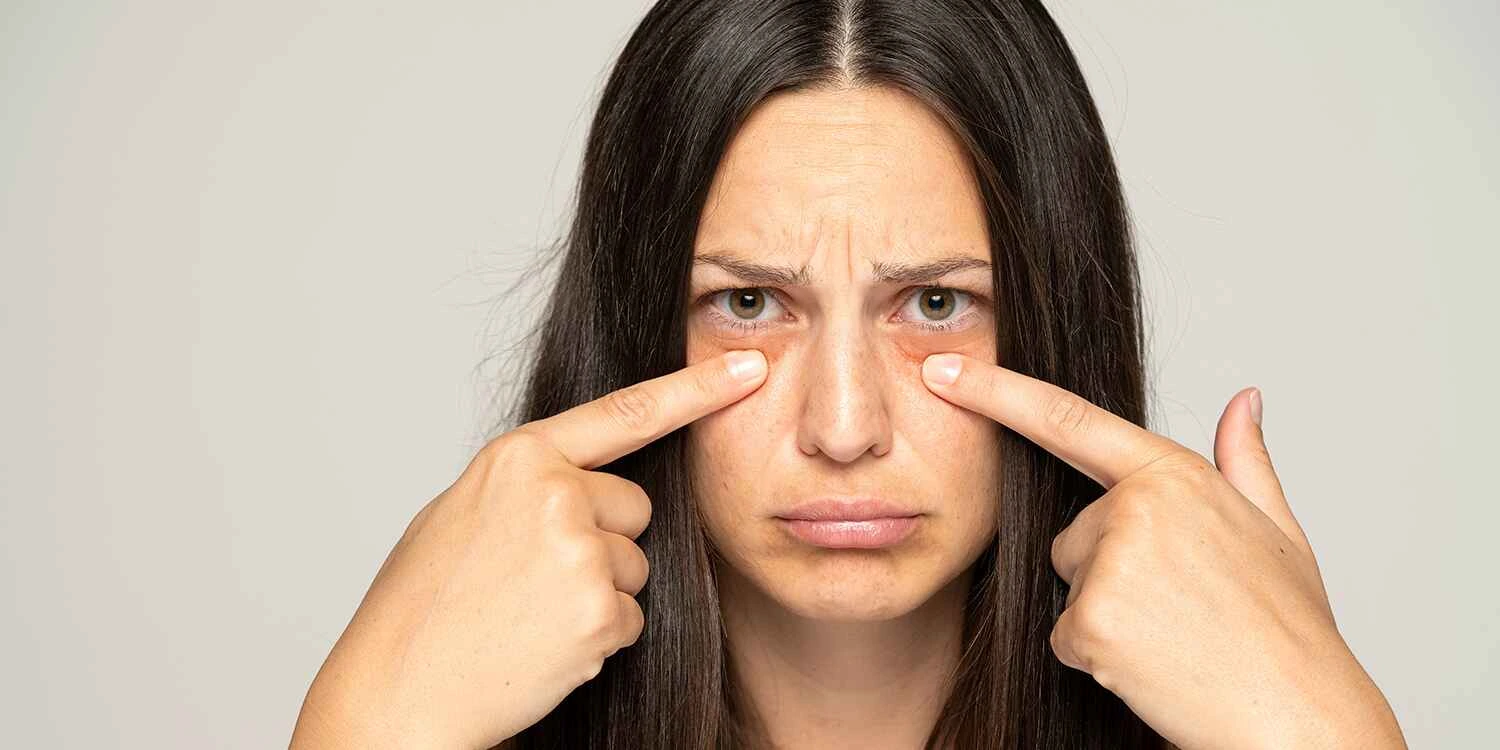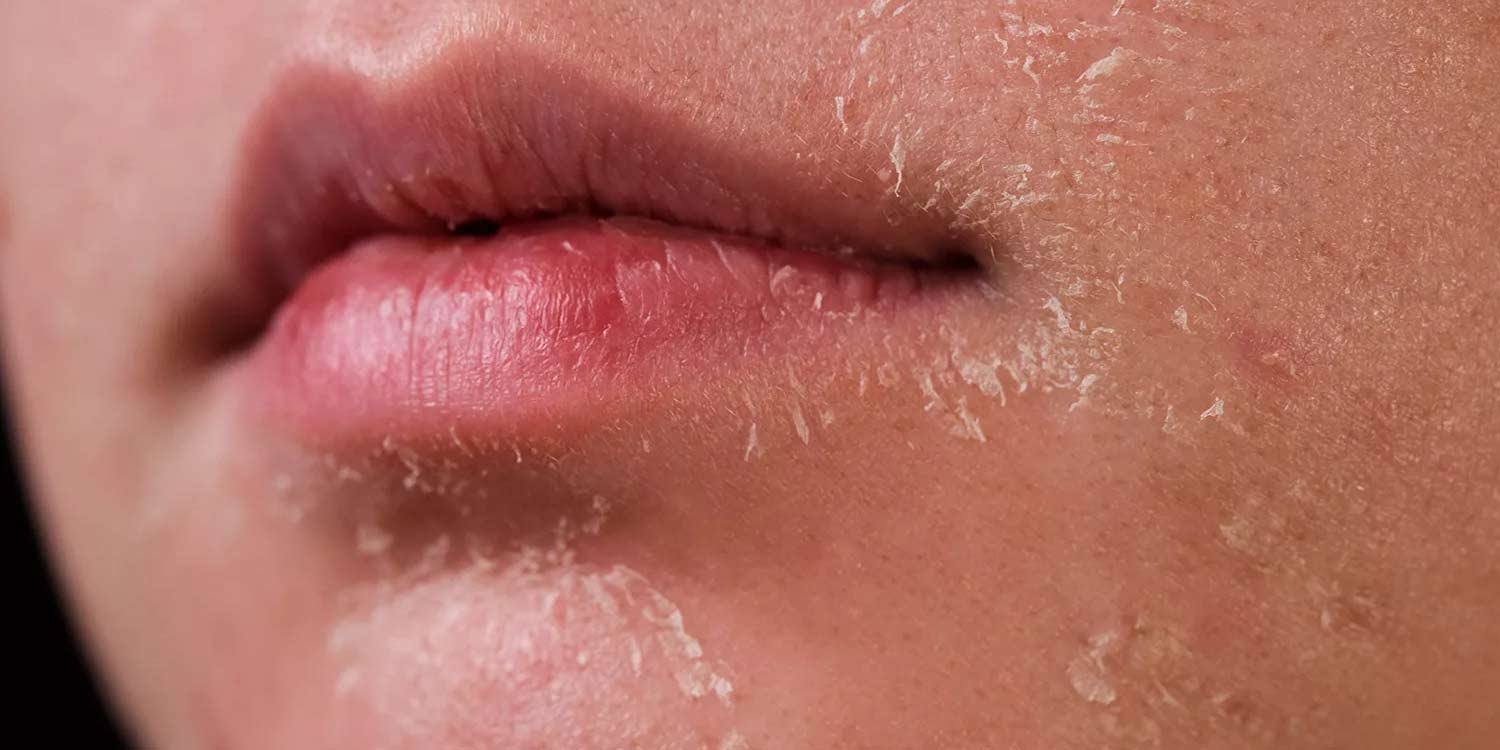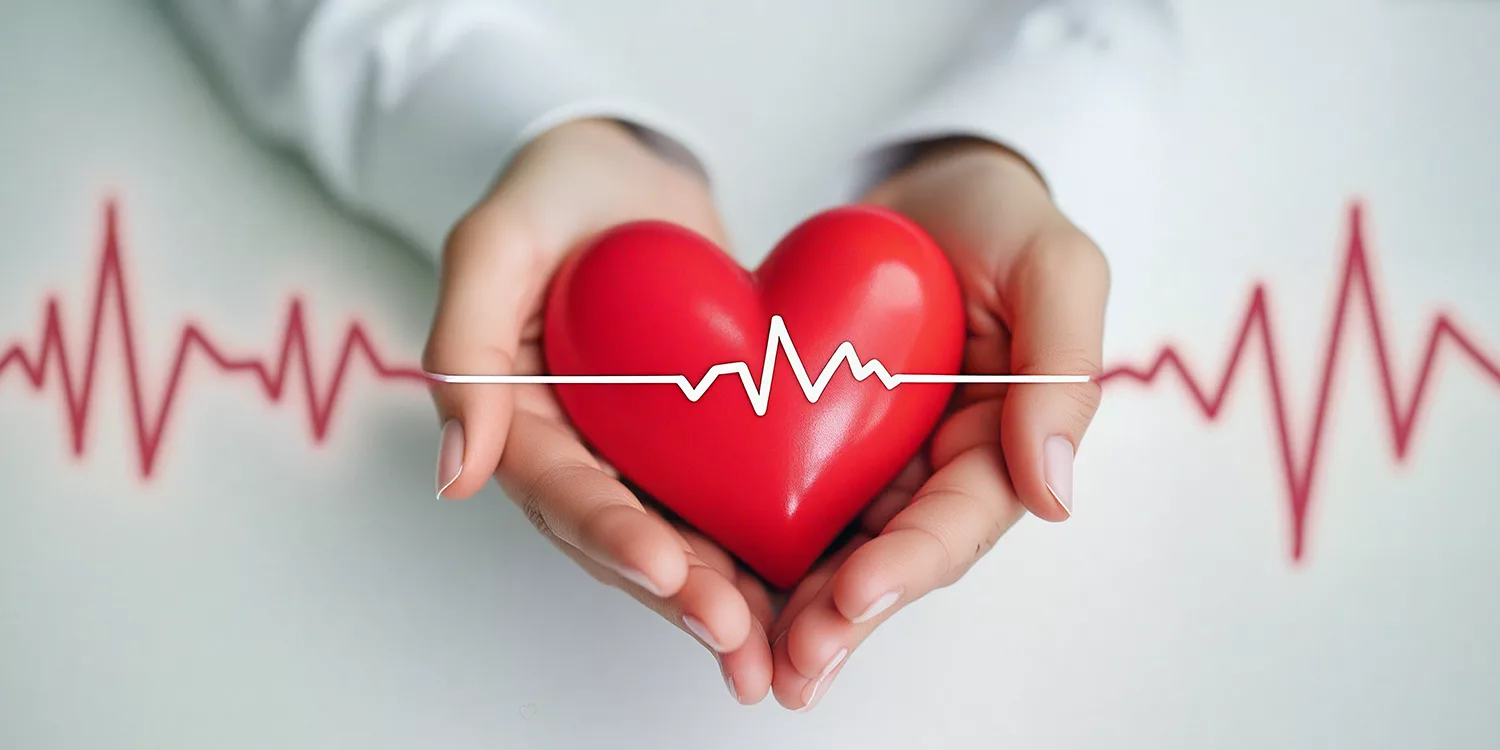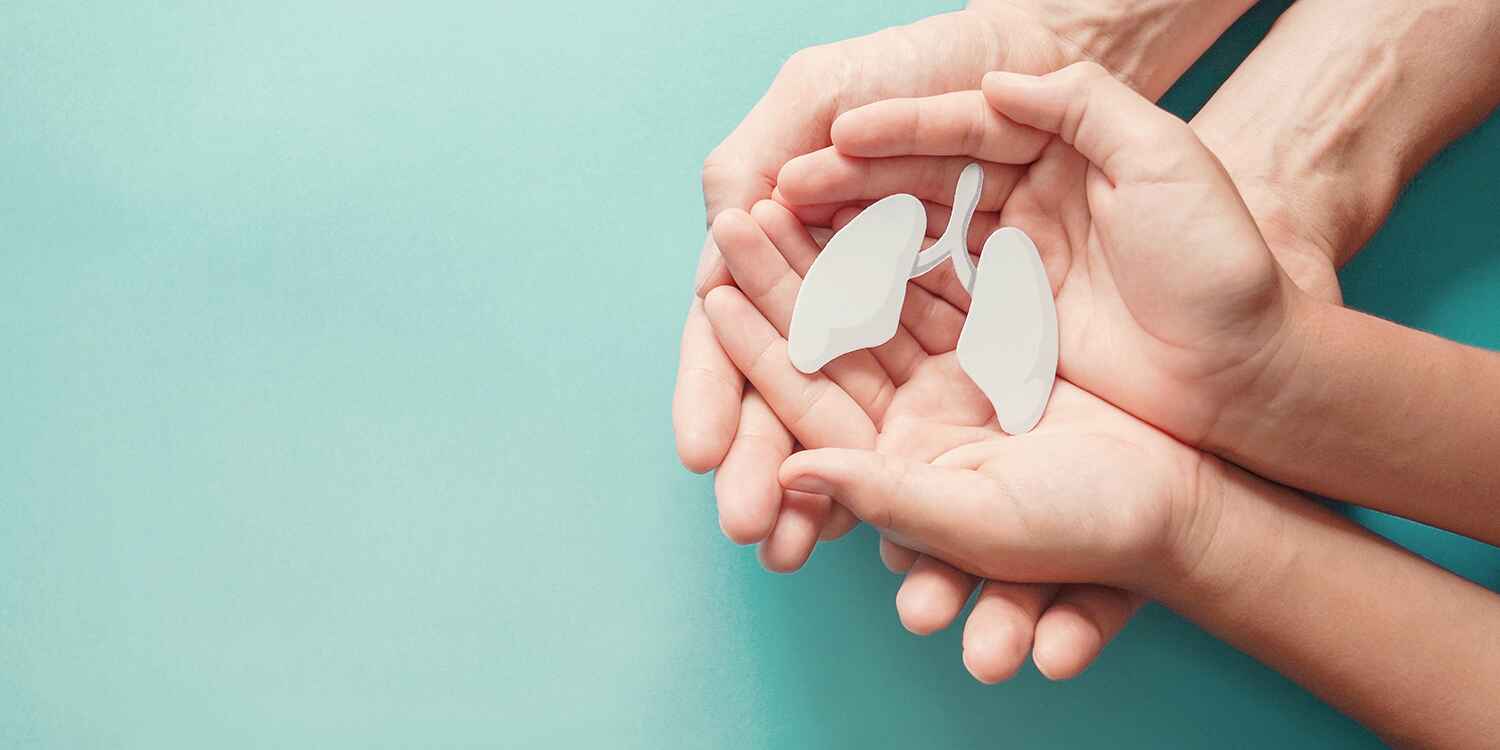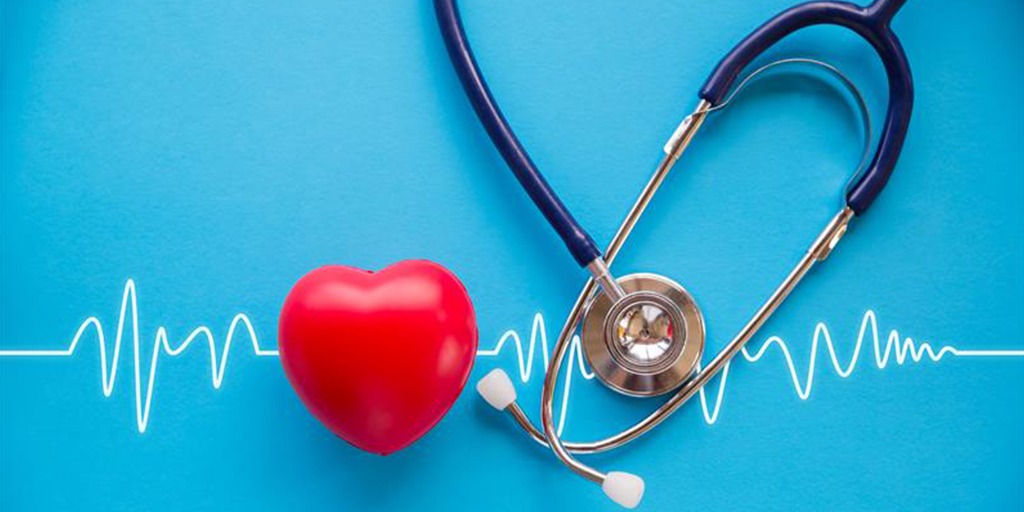A brain stroke is one of the most urgent medical emergencies, where every minute counts, and timely treatment can save both life and function. Understanding the criticality, Graphic Era Hospital, Dehradun, offers comprehensive care for stroke patients, including emergency interventions, advanced neurointerventional procedures, and structured rehabilitation. Our services include clot-busting therapies, minimally invasive treatments, and tailored recovery programmes that combine physiotherapy, speech therapy, and occupational therapy. With experienced neurology and neurosurgery specialists, advanced neuroimaging, and dedicated intensive care units, our hospital ensures accurate diagnosis, timely treatment, and long-term support. The focus is always on saving lives, restoring function, and improving the quality of life for patients across Uttarakhand.
What is a Stroke and its Types?
A stroke occurs when blood flow to the brain is blocked or when a blood vessel bursts, depriving brain tissue of oxygen and nutrients. This can quickly damage brain cells and cause serious complications. The main types of stroke include:
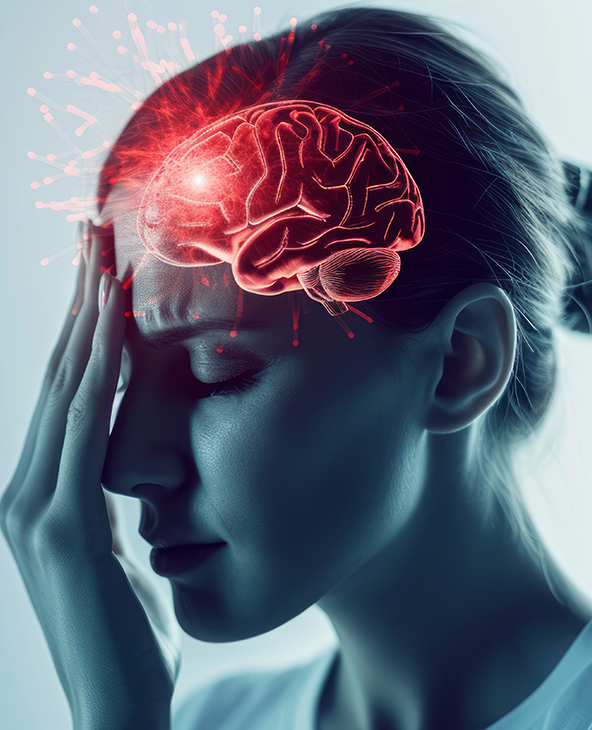
- Ischemic Stroke: The most common type, caused by a blood clot or a narrowed artery blocking blood supply to the brain.
- Hemorrhagic Stroke: Results from a ruptured blood vessel, leading to bleeding in or around the brain.
- Transient Ischemic Attack (TIA or Mini-Stroke): A temporary blockage of blood flow that lasts only a few minutes but serves as an important warning sign for a future major stroke.
Causes and Risk Factors for a Stroke
Several health conditions and lifestyle factors can increase the risk of stroke. Understanding these helps in prevention and timely management. Some of the causes and risk factors for stroke include:
- Blood clots: Obstructions that block arteries supplying blood to the brain.
- Atrial fibrillation: Irregular heartbeatthat increases the chance of clot formation.
- High blood pressure: The leading cause of both ischemic and hemorrhagic strokes.
- Diabetes and high cholesterol: Damage blood vessels and accelerate atherosclerosis.
- Aneurysms and brain tumours: Brain Tumours are structural issues that may rupture or block blood flow.
- Smoking and alcohol use: Harm blood vessels and raise stroke risk.
- Obesity and sedentary lifestyle: Contribute to hypertension, diabetes, and heart disease.
- Family history and age: Risk increases after 55 years and is slightly higher in men, though women may experience worse outcomes.
Warning Signs and Symptoms of a Stroke
Recognising stroke symptoms early is vital, as timely treatment can save lives and reduce long-term complications. Common warning signs of a stroke include:
- Sudden numbness or weakness: Especially on one side of the face, arm, or leg.
- Difficulty speaking or understanding speech: Slurred words, confusion, or trouble forming sentences.
- Vision problems: Blurred or double vision, or sudden loss of sight in one or both eyes.
- Loss of balance or coordination: Dizziness, vertigo, or difficulty walking.
- Severe headache: A sudden, intense headache with no known cause.
- Cognitive changes: Confusion, memory loss, or in severe cases, coma.
How is a Stroke Diagnosed?
Quick and accurate diagnosis is essential for starting the right treatment in stroke care. At Graphic Era Hospital, advanced imaging and laboratory tests are used to confirm the type and severity of stroke, such as:
- CT scan: A CT scan provides quick images to detect bleeding or blockages.
- MRI: Special imaging sequencing Offers detailed pictures of brain tissue that is affected by poor blood flow.
- Electroencephalogram (EEG): Measures brain activity to assess electrical function.
- Echocardiography ): Checks for heart rhythm problems such as atrial fibrillation.
- Blood tests: Help detect clotting disorders, or risk factors like high cholesterol and diabetes.
Treatment Options for Stroke at Graphic Era Hospital
Stroke treatment depends on the type, severity, and how quickly the patient receives medical attention. At Graphic Era Hospital, Dehradun, our stroke team provides advanced treatments designed to restore blood flow, control bleeding, and support long-term recovery. The treatment options available include:
- Clot-busting medicines: Used in acute ischemic stroke to dissolve blood clots and restore circulation.
- Minimally-invasive Endovascular neurointerventions: Flow-guided Catheter-based procedures to remove clots or repair blood vessels.
- Stroke surgery: Surgical treatment for brain aneurysms, haemorrhage, or severe blockages.
- Neuro-Intensive care management: Continuous monitoring in specialised neuro ICUs for stabilisation.
- Stroke rehabilitation programmes: Physiotherapy, speech therapy, and occupational therapy to aid recovery and restore independence.
Why Choose Graphic Era Hospital for Stroke Treatment in Dehradun?
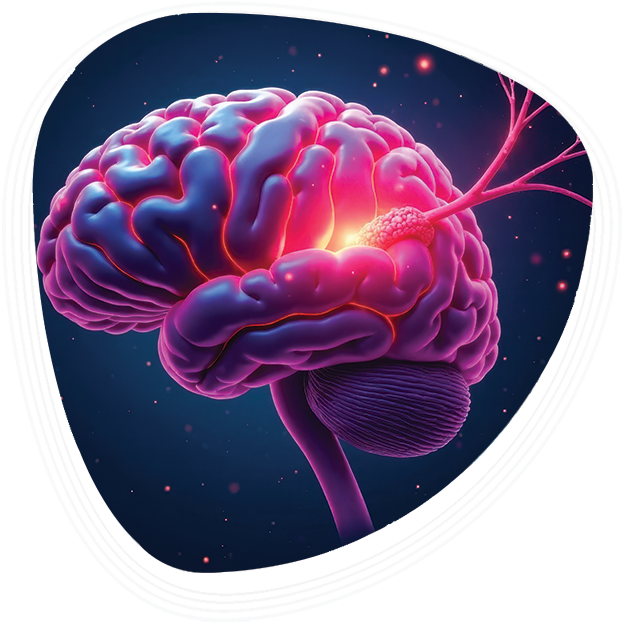
Stroke Recovery and Management Process
Recovery after a stroke varies for each patient and depends on the type of stroke, the area of the brain affected, and how quickly treatment was started. At Graphic Era Hospital, recovery is supported through a structured plan that combines medical follow-up and rehabilitation:
- Recovery timeline: Some patients improve within weeks, while others may take months to years for significant recovery.
- Physiotherapy: Focuses on restoring movement, strength, and coordination.
- Speech and language therapy: Helps patients regain communication and swallowing abilities.
- Occupational therapy: Supports independence by improving skills needed for daily activities.
- Lifestyle modifications: Controlling blood pressure, diabetes, and cholesterol while maintaining a healthy diet and exercise routine to prevent recurrence.
Top Stroke Treatments at Graphic Era Hospital
- Thrombolysis (clot-busting medicines for acute ischemic stroke)
- Endovascular procedures and minimally invasive neurointerventions for clot removal
- Surgical management for haemorrhagic stroke and aneurysms
- Stroke rehabilitation with physiotherapy, speech therapy, and occupational therapy
- Intensive care and continuous monitoring in specialised neuro ICUs
Blog
Frequently Asked Questions
What is a stroke and what causes it?
A stroke occurs when blood flow to the brain is interrupted due to a clot (ischemic stroke) or bleeding (hemorrhagic stroke). Causes include high blood pressure, diabetes, heart rhythm problems, and blood vessel disorders.
What are the early warning signs of a stroke?
Sudden numbness or weakness on one side of the body, trouble speaking, vision problems, loss of balance, or a severe unexplained headache are common warning signs. Immediate medical attention is crucial.
What are the different types of strokes?
The main types are ischemic stroke, hemorrhagic stroke, and transient ischemic attack (mini-stroke or TIA). Each requires different treatment approaches.
What should I do immediately if someone is having a stroke?
Call emergency medical services right away and get the person to a hospital equipped for brain stroke treatment. Early intervention saves lives and improves recovery outcomes.
Which doctor should I consult for stroke treatment in Dehradun?
Stroke patients should consult a neurologist or neurosurgeon. At Graphic Era Hospital, Dehradun, experienced neurology specialists provide advanced diagnosis, treatment, and rehabilitation for brain stroke.
How long does it take to recover from a stroke?
Recovery time varies depending on severity. Some patients improve in weeks, while others may need months of physiotherapy, speech therapy, and occupational therapy for significant recovery.
Can physiotherapy help in stroke recovery?
Yes. Right from the onset of stroke- Physiotherapy improves strength, movement, and coordination, while speech therapy and occupational therapy address communication and daily activities, making early rehabilitation a key part of stroke management.
Where can I find brain stroke treatment near me in Dehradun?
Graphic Era Hospital offers comprehensive brain stroke treatment 24×7, in Dehradun, Uttarakhand, including emergency care, advanced neuroimaging, minimally invasive procedures, and rehabilitation services under one roof.
